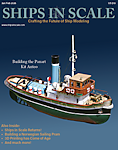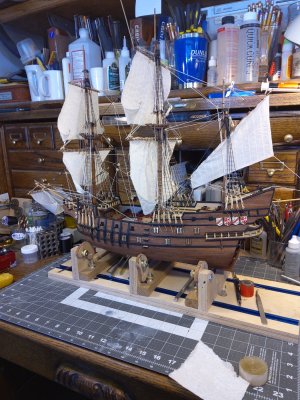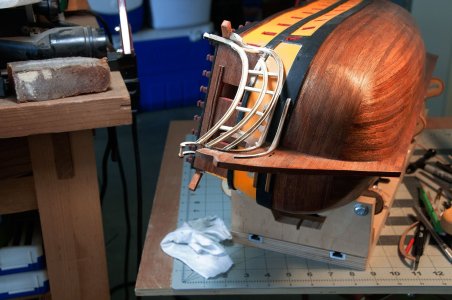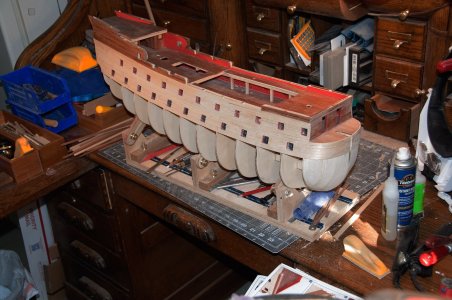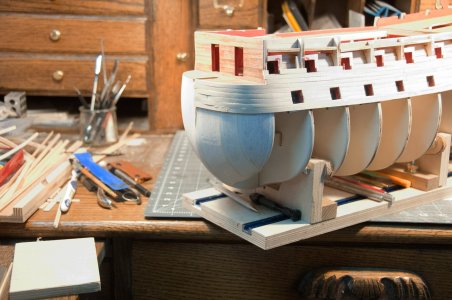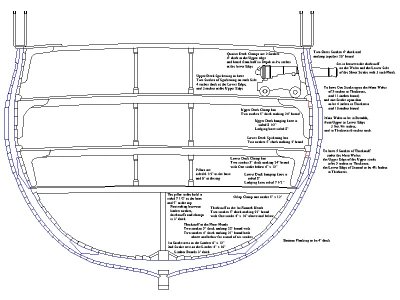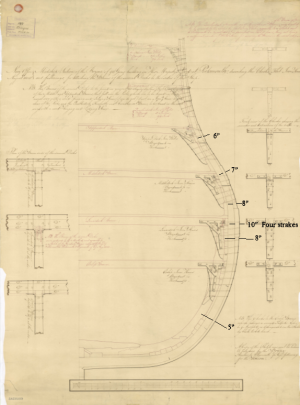I am attempting the Euro model Ajax and wondered about best practice in any model in terms of adding the stem to the bow.
A couple of things about planking that I have wondered about with a few different builds I've had.
As a best practice, do modelers prefer to plank first or put on the bow stem first or put it on between the two planking's? Most of my experience has been with two layer planking.
Also, do most builders prefer to use the "Fan" measurement method to determine widths of planks or eyeball it making sure to thin beyond a half plank width? What about between first and second planks?
Appreciate your input. I am about to start the first planking, and given the lack of instructions, I thought I would check with others to see their stem preferences.
Thanks, Richard
A couple of things about planking that I have wondered about with a few different builds I've had.
As a best practice, do modelers prefer to plank first or put on the bow stem first or put it on between the two planking's? Most of my experience has been with two layer planking.
Also, do most builders prefer to use the "Fan" measurement method to determine widths of planks or eyeball it making sure to thin beyond a half plank width? What about between first and second planks?
Appreciate your input. I am about to start the first planking, and given the lack of instructions, I thought I would check with others to see their stem preferences.
Thanks, Richard


